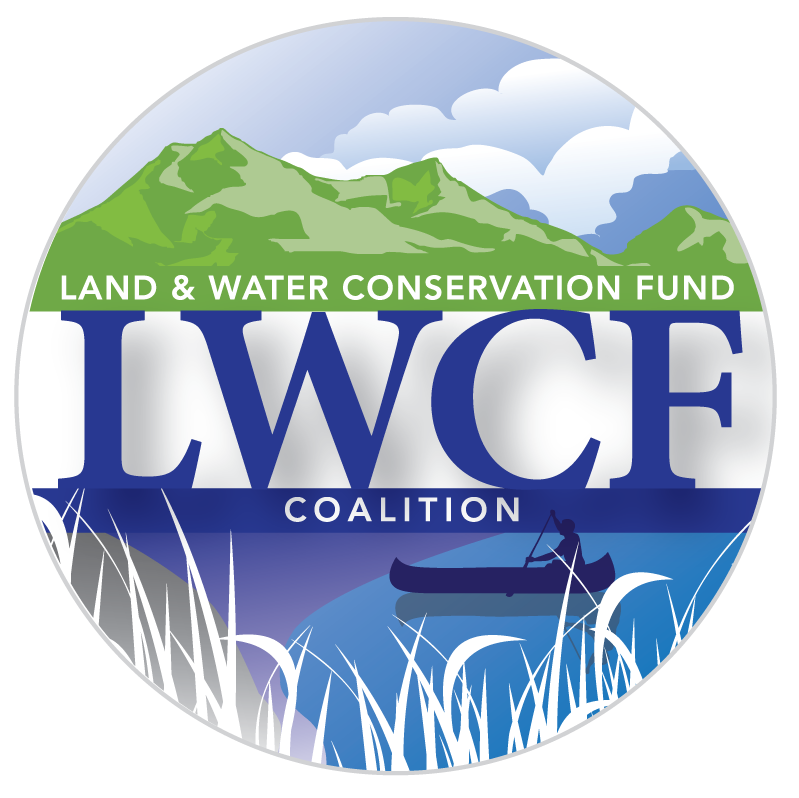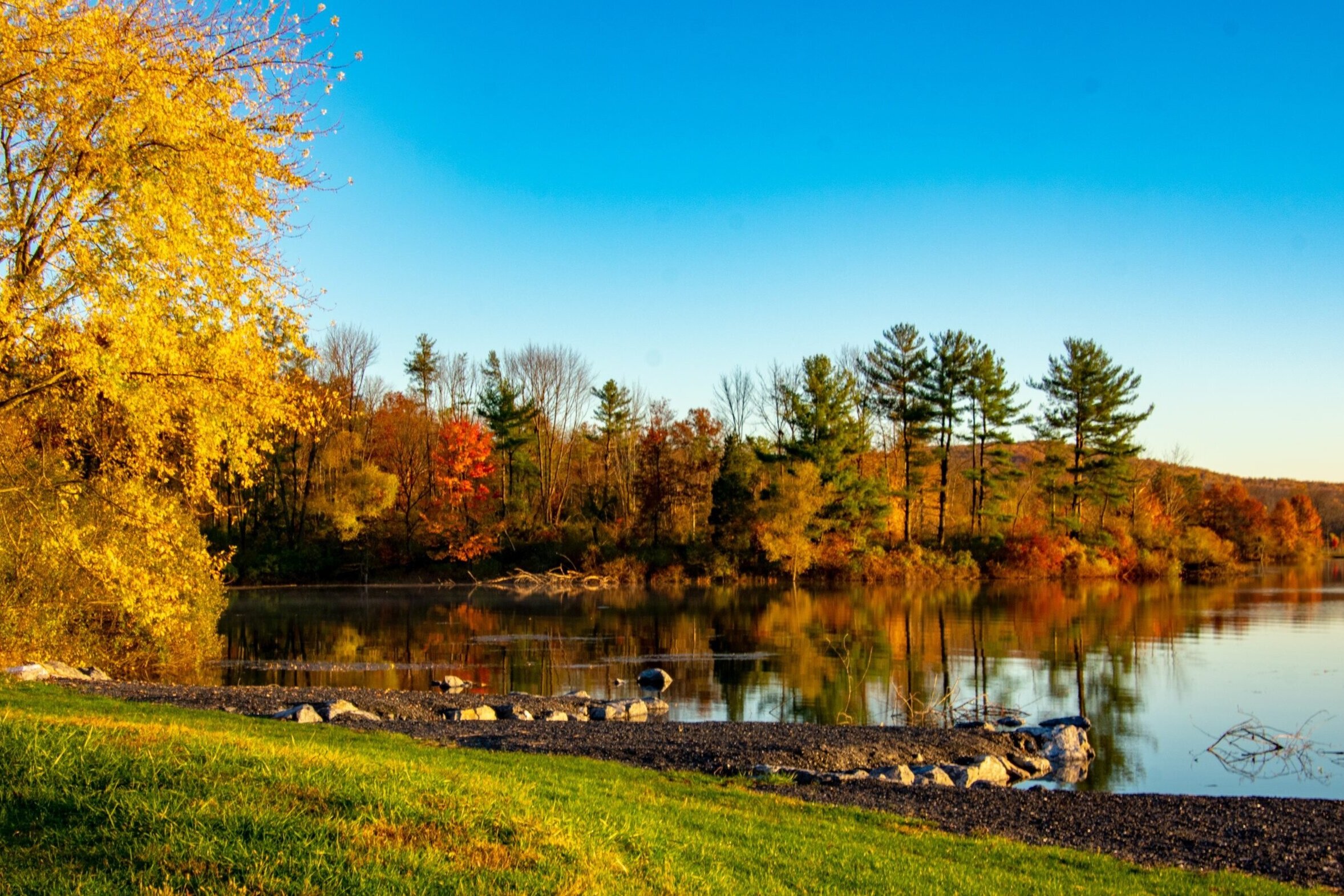
HIGHLANDS CONSERVATION ACT GRANT PROGRAM
Enacted in 2004 to address the growing need for protection of drinking water supplies in America’s most densely populated metropolitan corridor, the Highlands Conservation Act (HCA) seeks to protect the forested hills running through Connecticut, New York, New Jersey and Pennsylvania that provide a plentiful supply of clean water to the cities of the Northeast. The HCA authorized funding from LWCF to protect lands with the highest conservation value in the four-state region. Since then, more than $70 million in Congressionally appropriated LWCF funding has allowed projects to leverage more than $41 million in state, local, and private matching funds to protect 14,000 acres, providing trails and recreation opportunities as well as safe, clean water for the 25 million Americans who live within an hour’s drive of the region.
Projects supported by the HCA grant program address key conservation objectives laid out under the Highlands Conservation Act. These projects prioritize important stewardship goals such as clean water, recreational and cultural resources, forests, wildlife habitat, and agriculture. The U.S. Fish and Wildlife Service manages the Program, awarding grant money to state agencies for projects within the Highlands region. The states in partnership with local governments, conservation organizations, and private landowners propose land conservation projects that have met the conservation goals and eligibility requirements.
Nonprofit partners can collaborate with states and municipalities to identify community needs, develop a strong grant application, and secure matching funds from a variety of public and private sources.
Eligibility
- The only eligible entities are state agencies in the Highlands region (Connecticut, New Jersey, New York, and Pennsylvania) that have authority to own and manage land for conservation purposes, including the Palisades Interstate Park Commission. Federal entities are ineligible to receive funding.
- Grants require a 50% non-federal match.
- The project must describe the management objectives for the land that will ensure permanent protection and use of the land for the purpose for which the assistance will be provided.
- The project must be in an area identified as having high conservation value as determined in one of the scientific studies supporting the Act.
Funding Process
- The yearly HCA funding appropriation is divided into two separate categories – Base and Competitive. Any appropriation up to $2 million is designated as Base funding. The $2 million minimum of base funding takes into consideration the importance of consistency in funding for states to stay active in land acquisition through the HCA, and ensures efficient program administration. All appropriated funding over $2 million is divided evenly among Base and competitive categories (i.e., $0.50 of every dollar appropriated over $2 million will go to base funding and the other $0.50 will go to competitive).
- Base funding: This funding is distributed evenly among the states that submit eligible proposals. States request funding by submitting a proposal narrative and list of priority projects in response to a Notice of Funding Opportunity (NOFO).
- Base Funding Grant Round - Closed 11/1/21
- Competitive funding: Competitive funding is distributed through ranking of individual projects. States request funding through a separate NOFO. Ranking criteria are described in the NOFO, and they reflect the conservation goals of the HCA.
- Competitive Funding Grant Round - Closed 11/1/21
Top Photo: Delaware River, Credit: AMC


